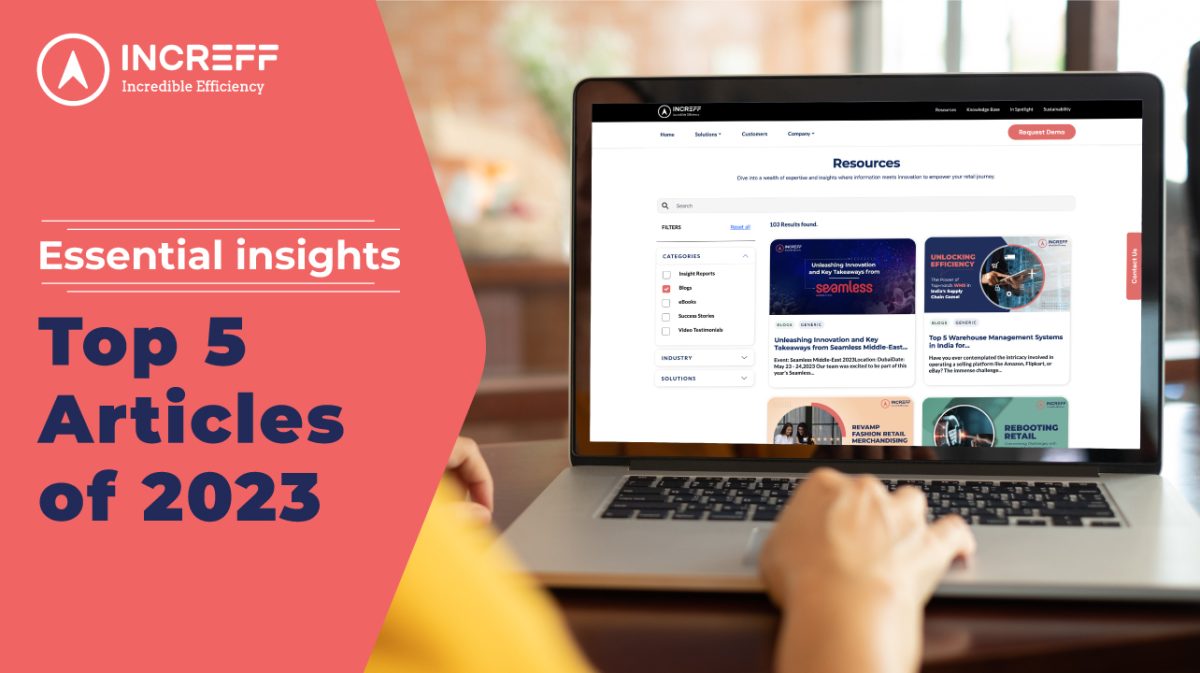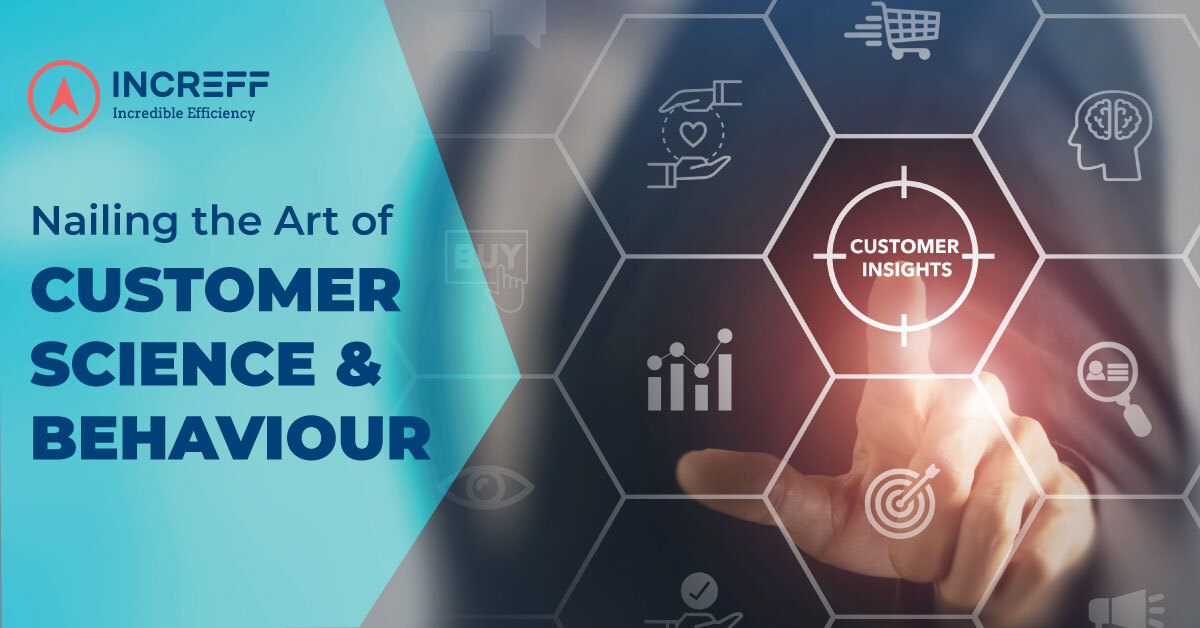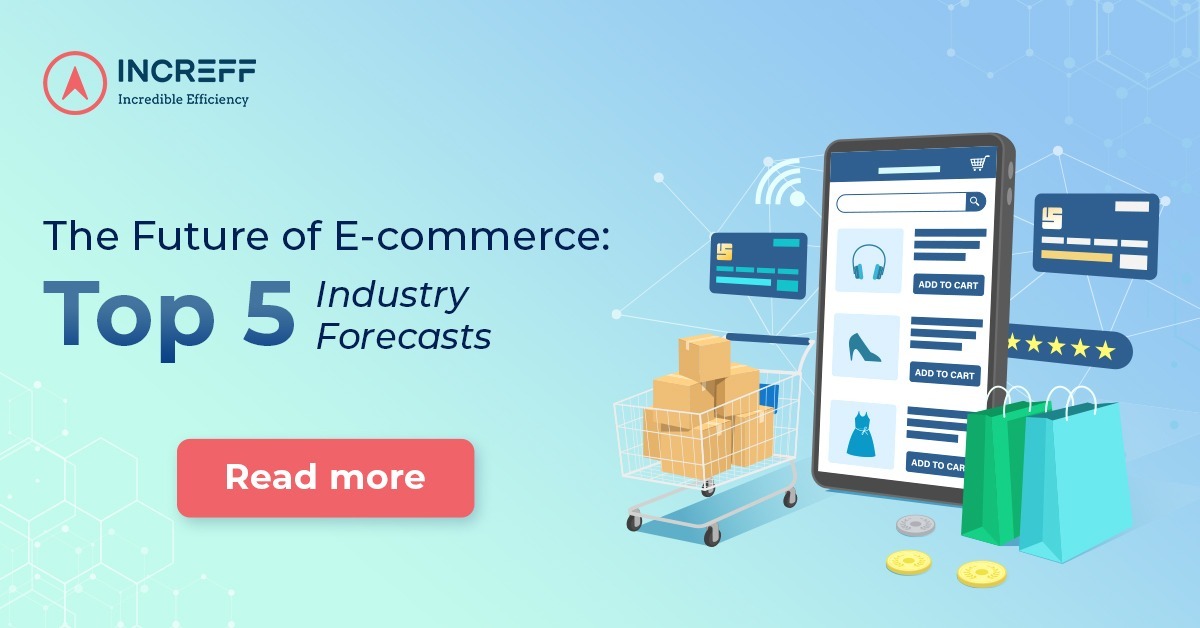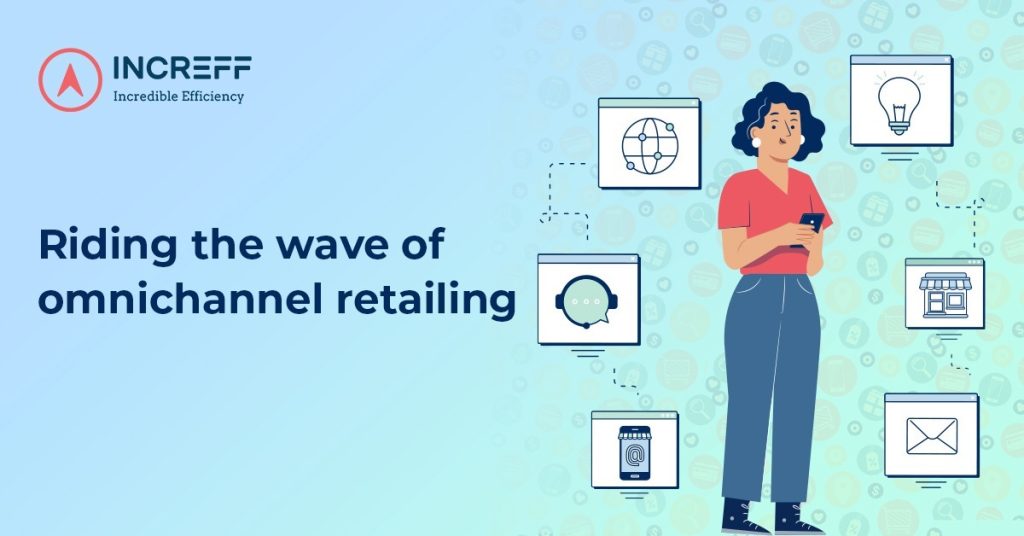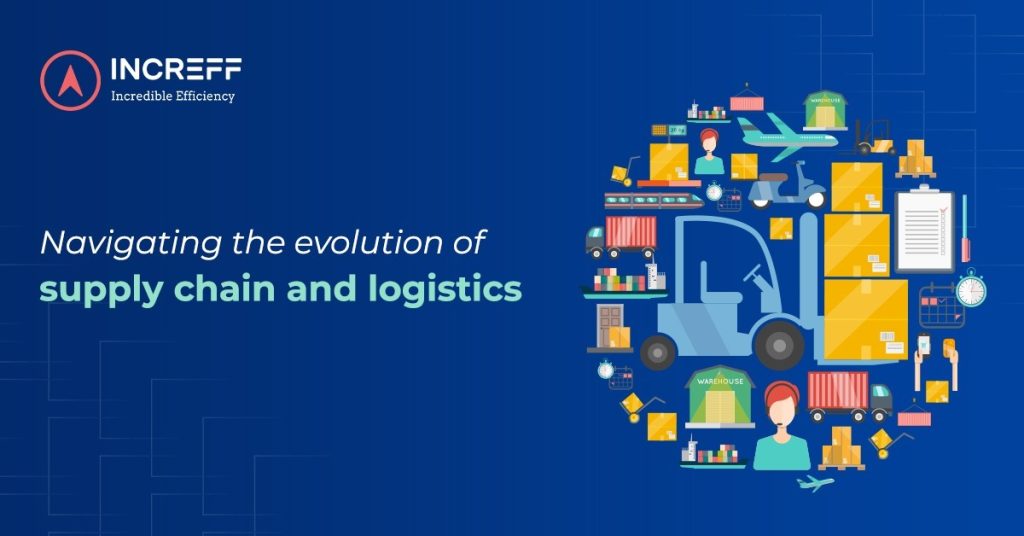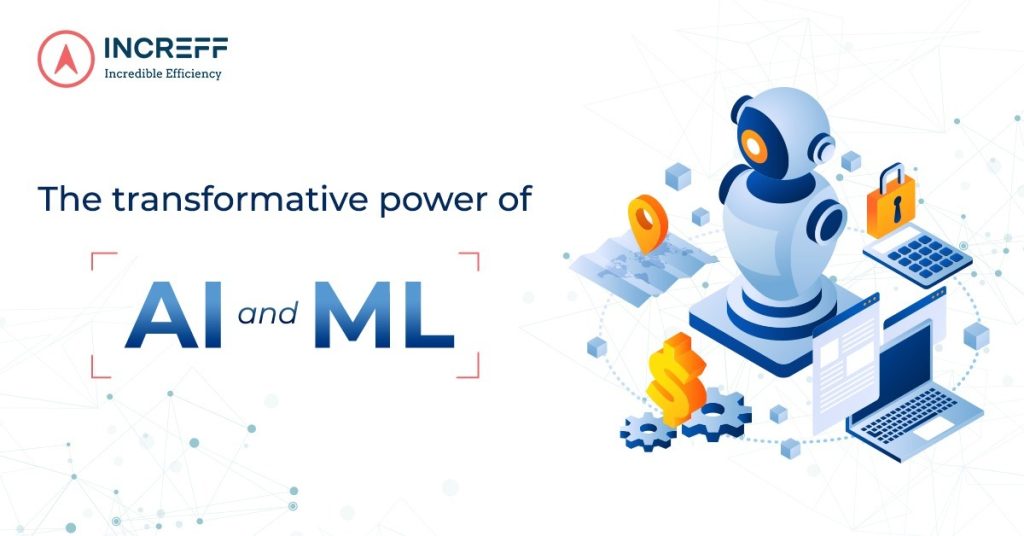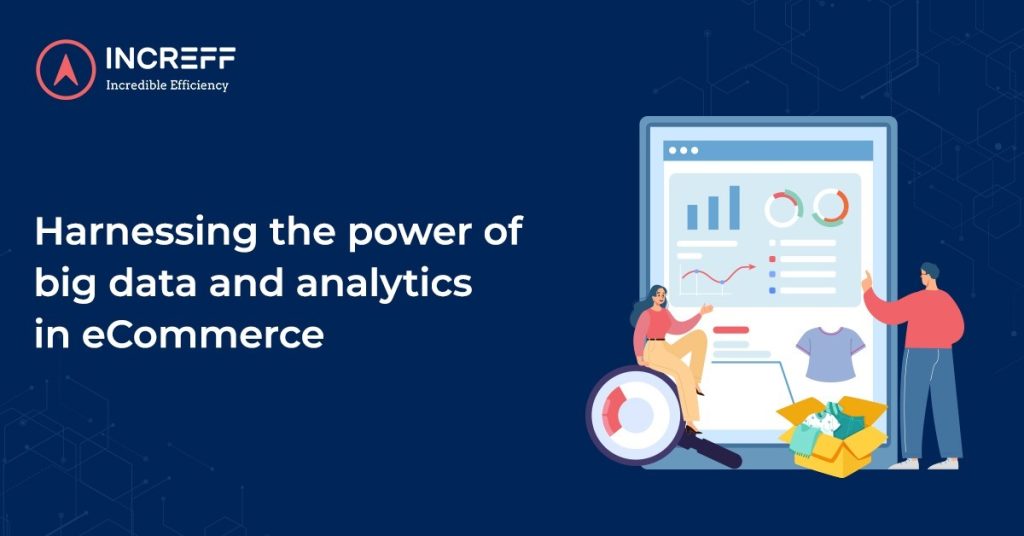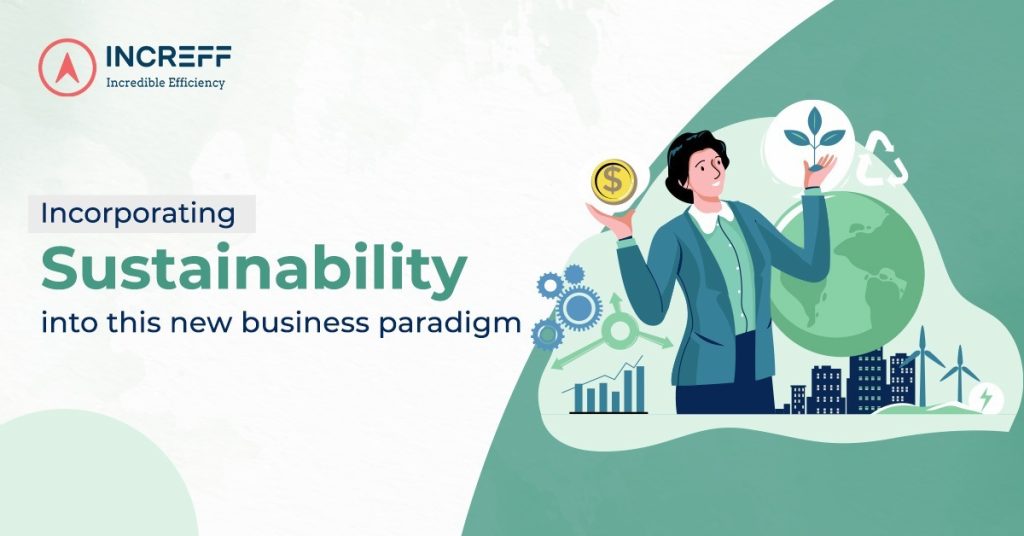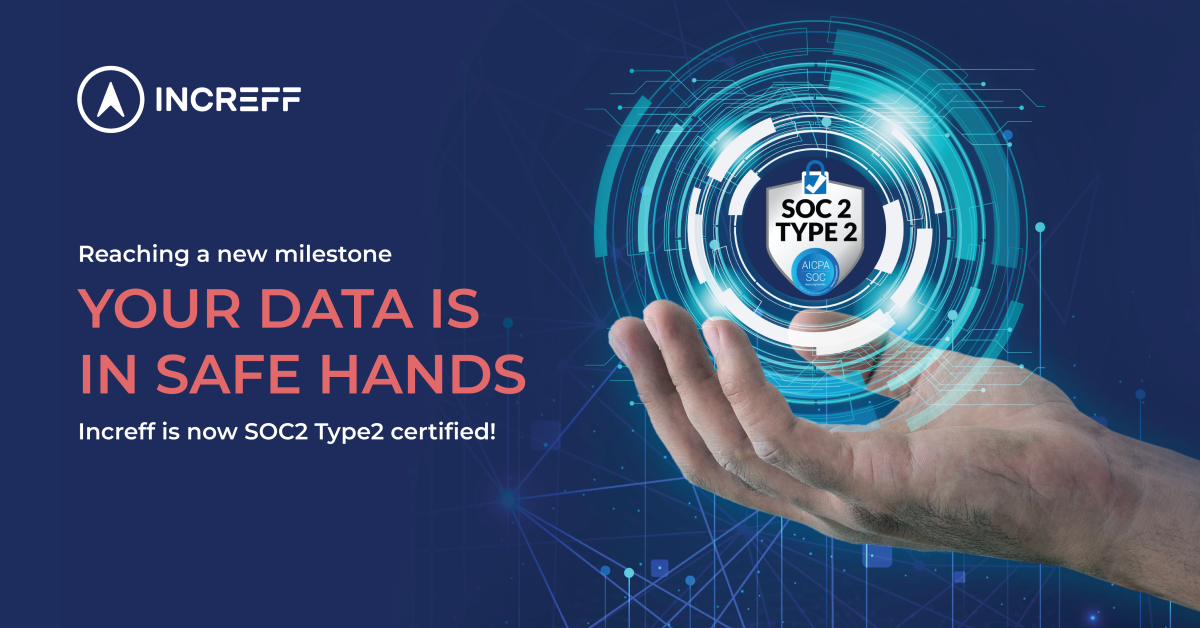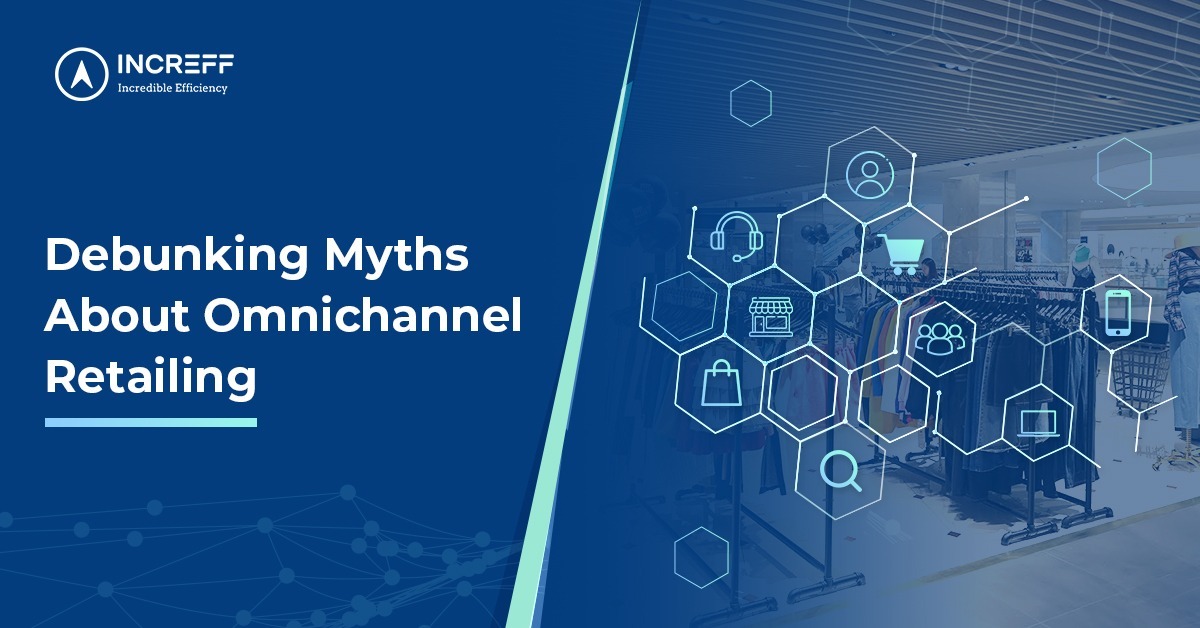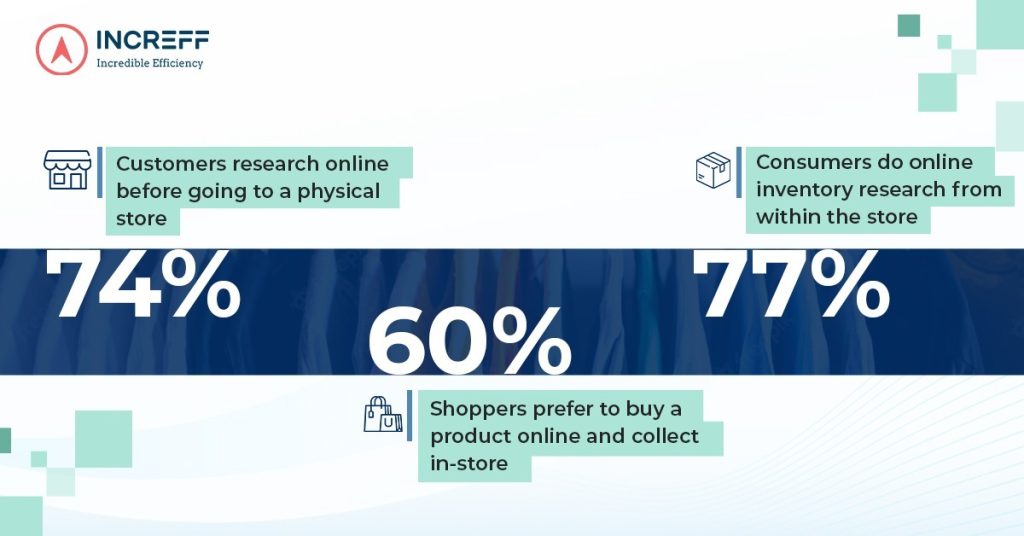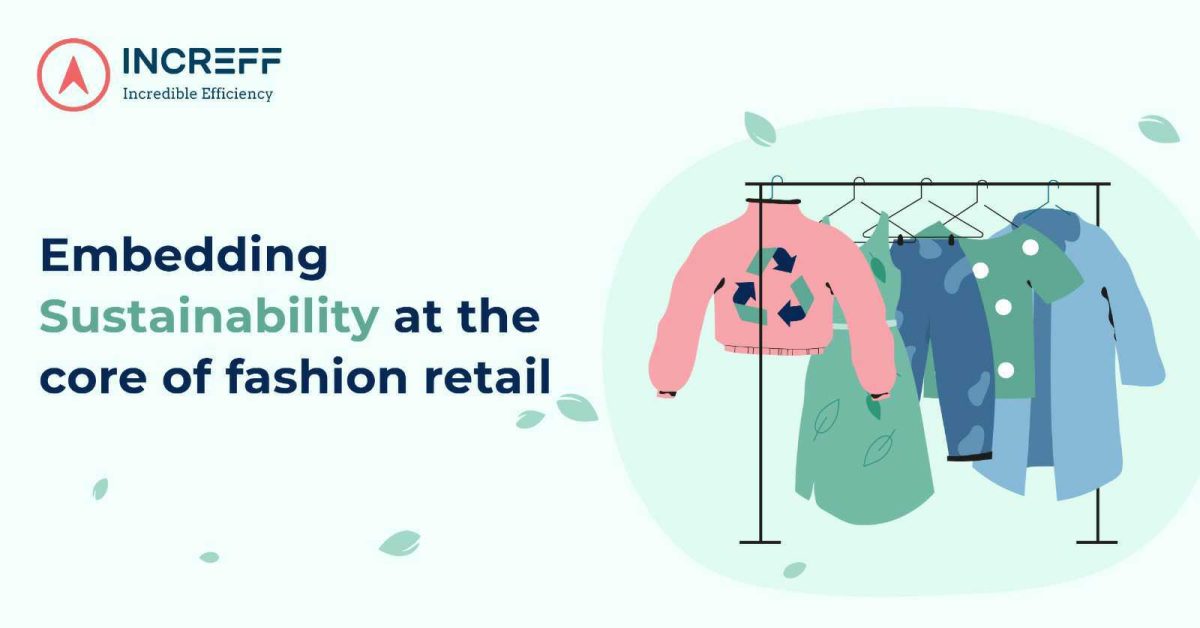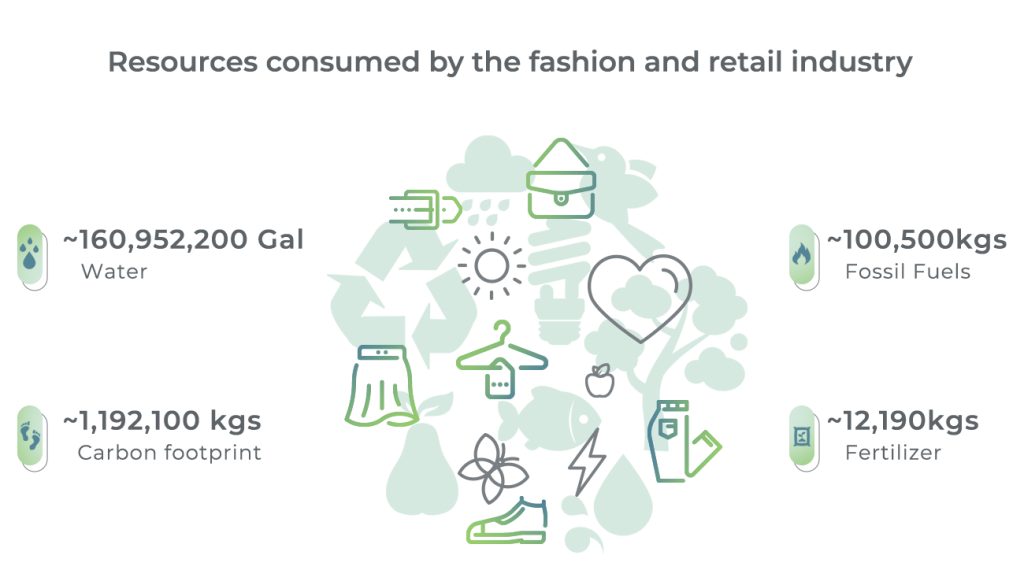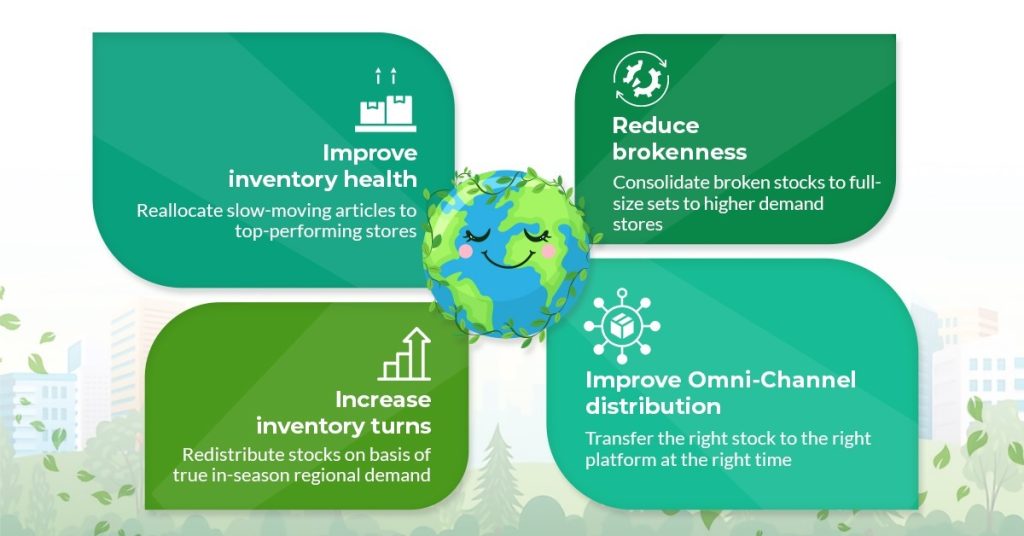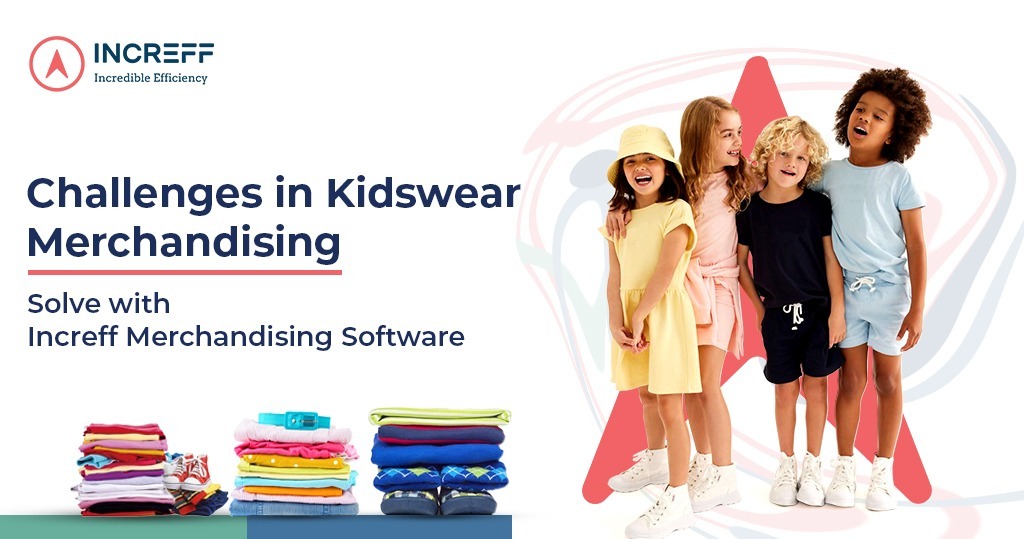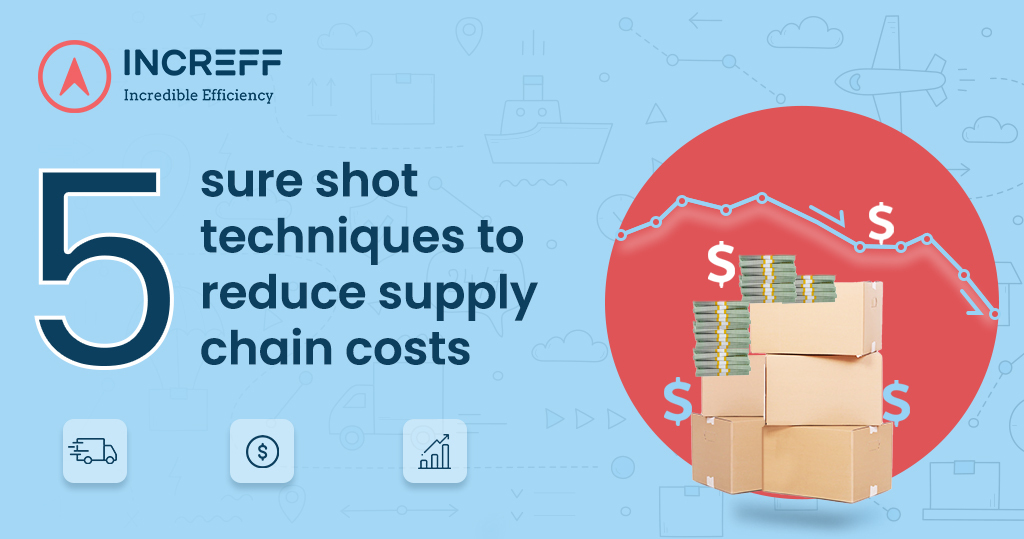As we wave goodbye to 2023, let’s reflect on the year’s most-read and insightful articles that have shaped our understanding of the ever-evolving business landscape. Whether 2023 met your expectations or surprised you with unforeseen challenges, it undeniably unfolded as a narrative worth exploring. Throughout the year, our focus has been on sharing articles designed to guide retailers through the twists and turns of 2023, preparing them to navigate the complexities ahead. Let’s delve into the top five articles that offer indispensable insights and the key takeaways of 2023 for a successful future ahead.
Unleashing Innovation and Key Takeaways from Seamless Middle-East 2023
“In the ever-changing retail landscape, we wave goodbye to the era of stores as mere transactional spots. Now, they’re vibrant contributors to a bustling omnichannel ecosystem, having transformed profoundly. The lines are blurred across digital and physical realms, and now is the opportune moment to embrace this transformative shift.”
This seismic change took center stage at Seamless Middle-East 2023, where discussions revolved around the implementation of services like buy online, pick up in-store (BOPIS) and click-and-collect. These services empower customers to place orders online and conveniently pick them up at designated locations. The spotlight also shone on the importance of personalized recommendations, leveraging customer data and advanced analytics, as a crucial element in crafting innovative omnichannel strategies.
Furthermore, the integration of cutting-edge technologies such as augmented reality (AR), virtual reality (VR), and interactive displays was emphasized. These technological marvels are not just tools; they are the bridge between the online and offline realms, engaging customers and providing unique experiences that transcend the limitations of online interactions.
We’re starting off this countdown with our first post on Seamless Middle-East 2023 takeaways. Read it to get some perspective on how much has changed and the things that have stayed the same!
Top 5 Warehouse Management Systems in India for Optimizing Your Supply Chain Efficiency
The wave of the eCommerce revolution continues, as Forrester predicts a staggering $2.3 trillion in sales by 2024. The digital arena is no longer a playground; it’s a battleground where businesses are arming themselves with innovative strategies and tools to stay ahead in the relentless race.
In this blog, we have delved into the realm of Warehouse Management Systems (WMS), exploring the top solutions poised to redefine logistics and supply chain efficiency. Discover how embracing cutting-edge WMS technology can be the game-changer your business needs to navigate the complexities of the modern market landscape. Don’t just keep up—surge ahead with the top WMS insights for 2024.
How to Transform your Fashion Merchandising Strategy for Maximum Customer Satisfaction?
In the ever-shifting realm of fashion, a robust merchandising strategy is not a luxury but a necessity. Understanding the pulse of your customers is the need of the hour; without it, satisfaction remains elusive. Challenges abound in deciphering rapidly changing trends, staying ahead of competition, and meeting diverse customer expectations.
Thoughtful planning ensures product relevance, strategic buying navigates the market dynamics, and efficient allocation prevents stockouts or excess inventory.
This article emphasizes the critical facets of planning, buying, and allocation within a merchandising strategy. The trio synchronizes to optimize resources, prevent overstock or stockouts, and elevate the customer experience.
Technology at The Heart of Fashion Retail – Embracing Sustainability
“Balancing the alignment of supply with current and future demand is a longstanding industry challenge. Overproduction frequently arises when traditional processes, operations, and mindsets hinder retailers from effectively utilizing technology and data.”
In 2023, US retailers faced a concerning scenario with approximately $1.43 in inventory for every $1 in sales, highlighting a potential issue of overstock or excess inventory.
The concept of “sustainability” has been a buzzword in the industry for years, but its significance reached unprecedented levels in 2023 as retailers found themselves overwhelmed by mountains of unsold stock. Addressing the challenges of overproduction and excess inventory, this article explores the pressing need for sustainability in the fashion retail industry.
Anshuman Agarwal, COO and Co-Founder of Increff emphasizes that leveraging digital technologies enables retailers to not only become more agile but also embed sustainable practices at the core of their operations.
How to Increase Retail Sales During Peak Season: 3 Ways a Retail Tech Partner Can Help
According to Forbes, in the year 2023, eCommerce sales brought in 6.31 billion dollars, with 20.8% of that during peak season. By investing in the right technology solutions, retailers can equip themselves to handle the surge in demand during peak season and avoid costly mistakes. Furthermore, technology partners can provide valuable insights into customer behavior and preferences, enabling retailers to tailor their offerings for maximum impact and increase retail sales.
In this article, we will explore how the right peak-season technology partner helps you optimize your operations during peak-season sales, from inventory management to order fulfillment and more.
A few mentions of other top reads:
- Top 5 Merchandising Solutions: Global leaders in enabling accurate & seamless inventory optimization
Best wishes for 2024!
In light of the numerous takeaways from 2023, a key resolution for many retailers in the new year is to embrace a fully data-driven approach. If you’re ready to take this leap, contact us to discover how Increff can assist you in becoming an agile, data-driven retailer and embed sustainability at the core of your operations. Here’s to a prosperous and insightful 2024.
